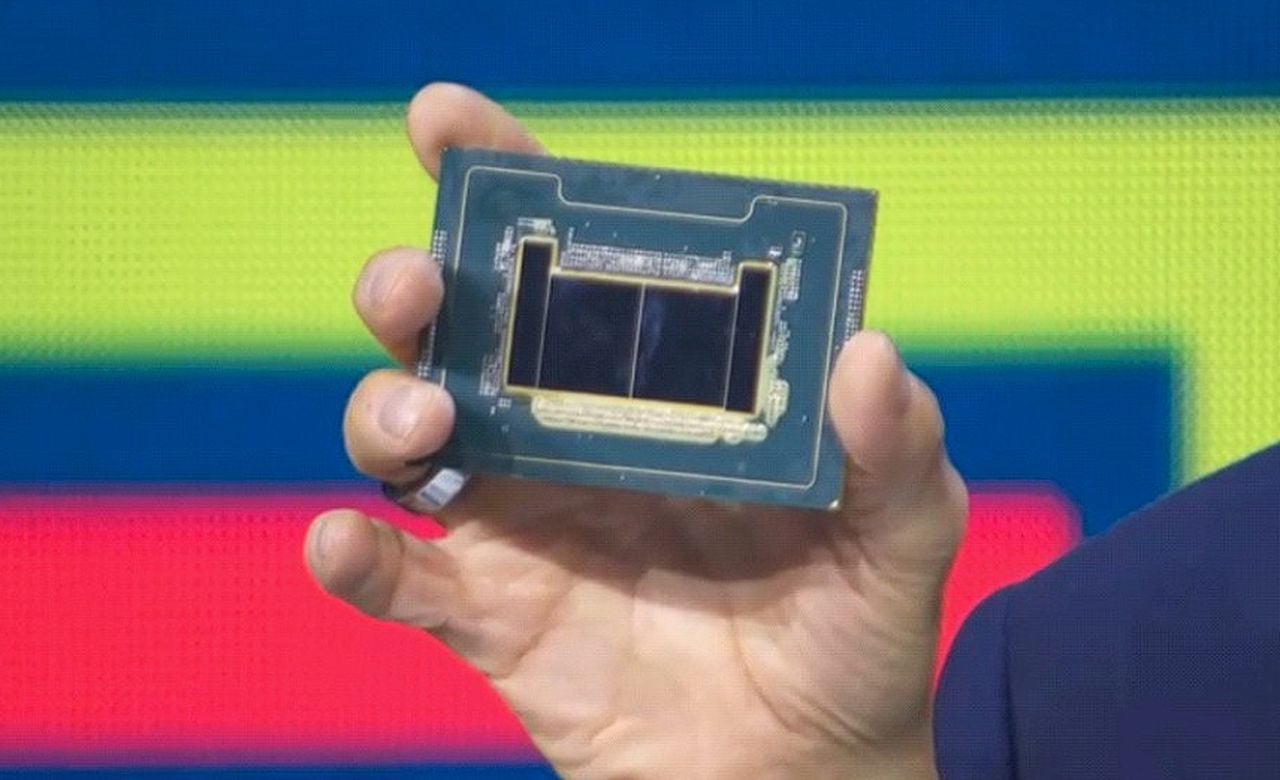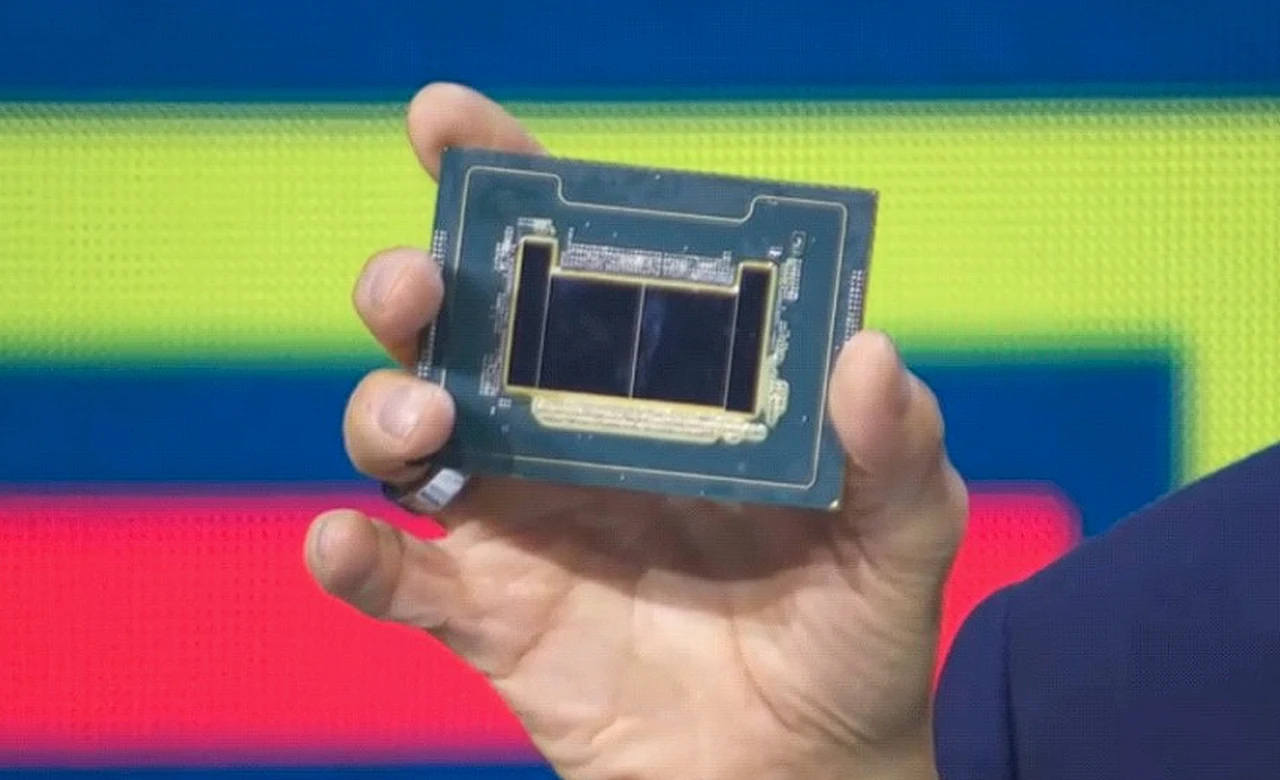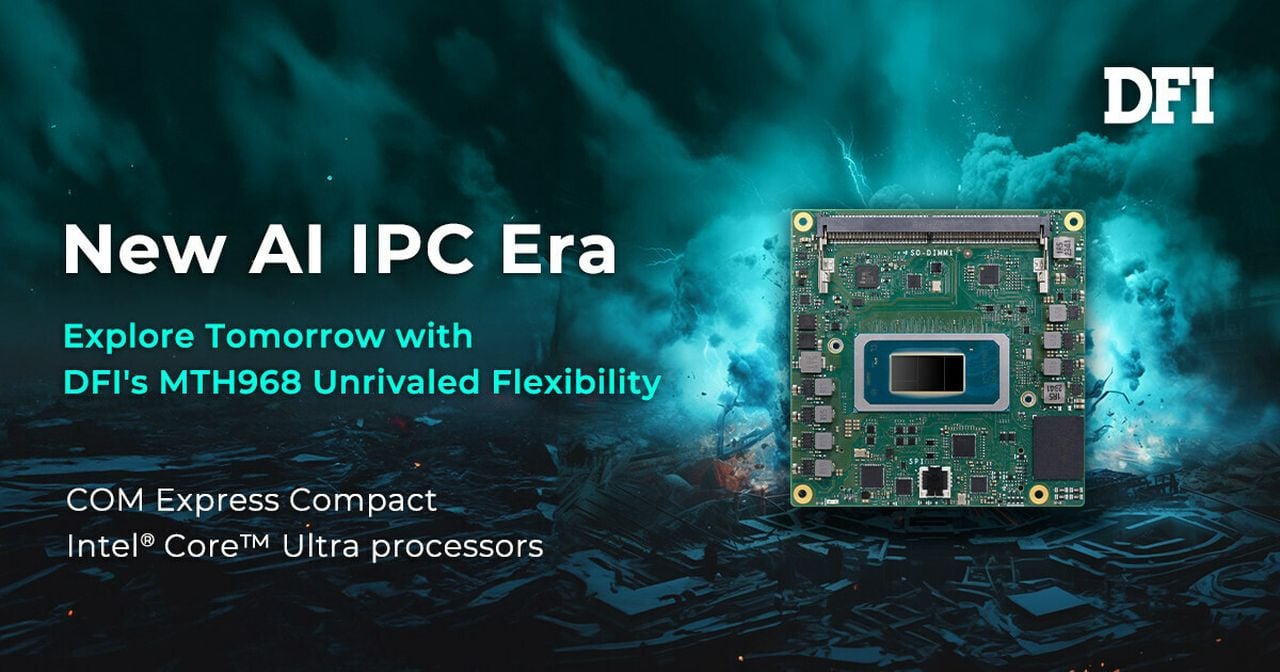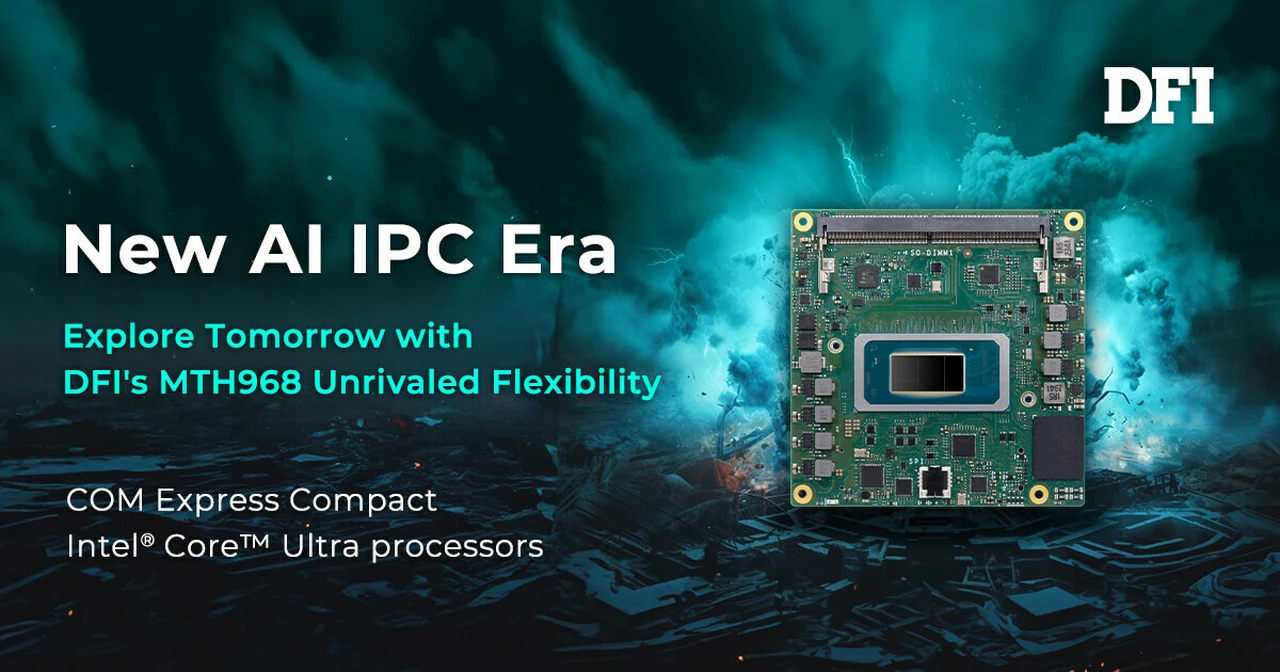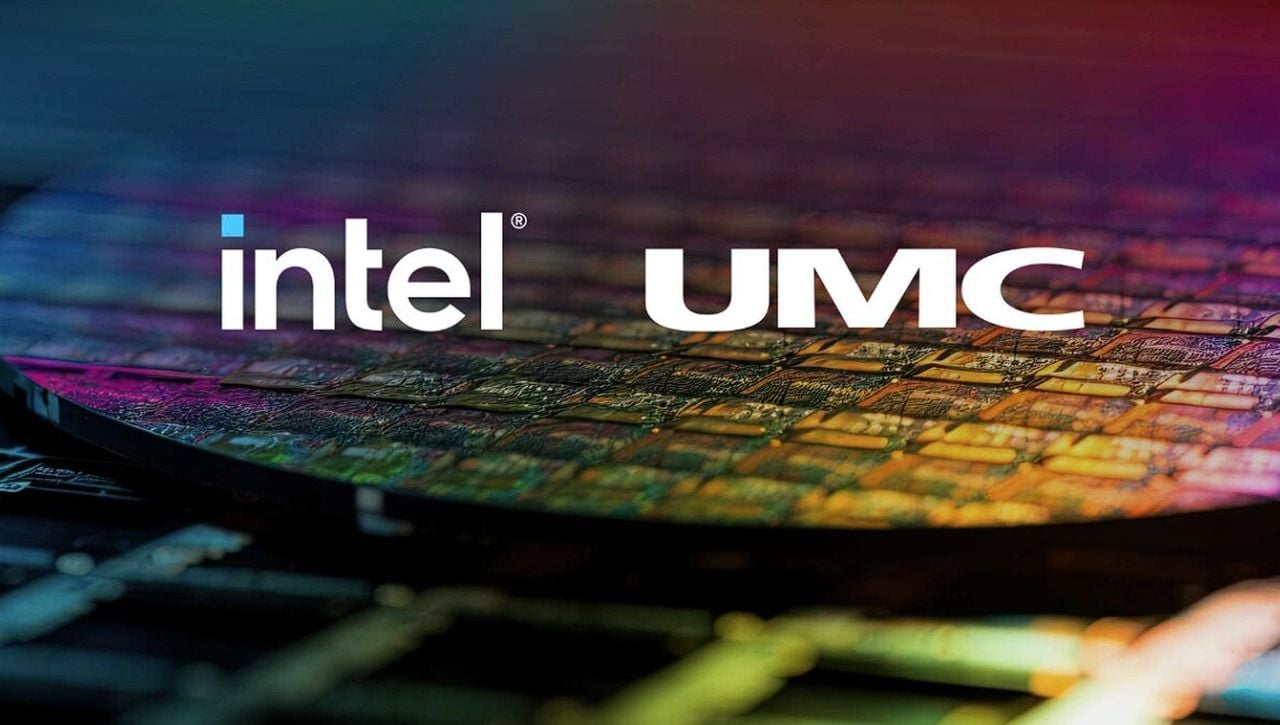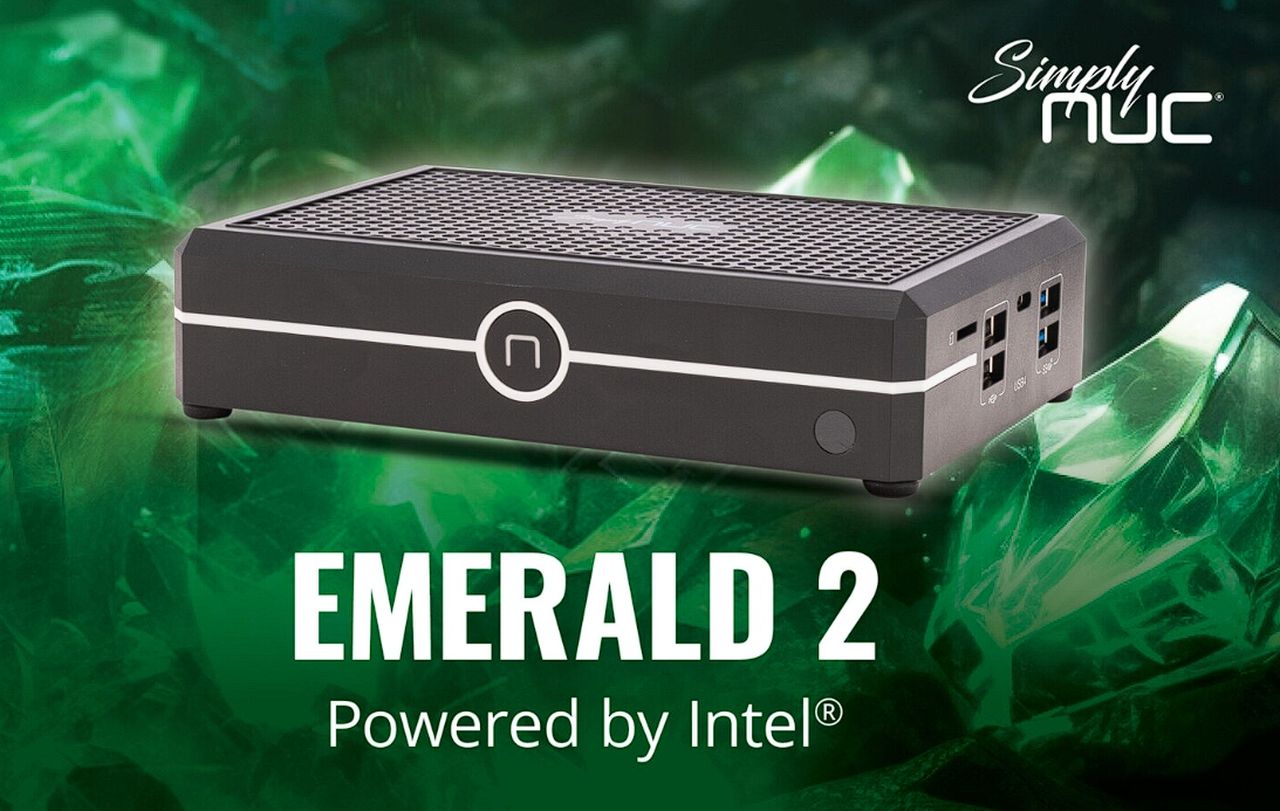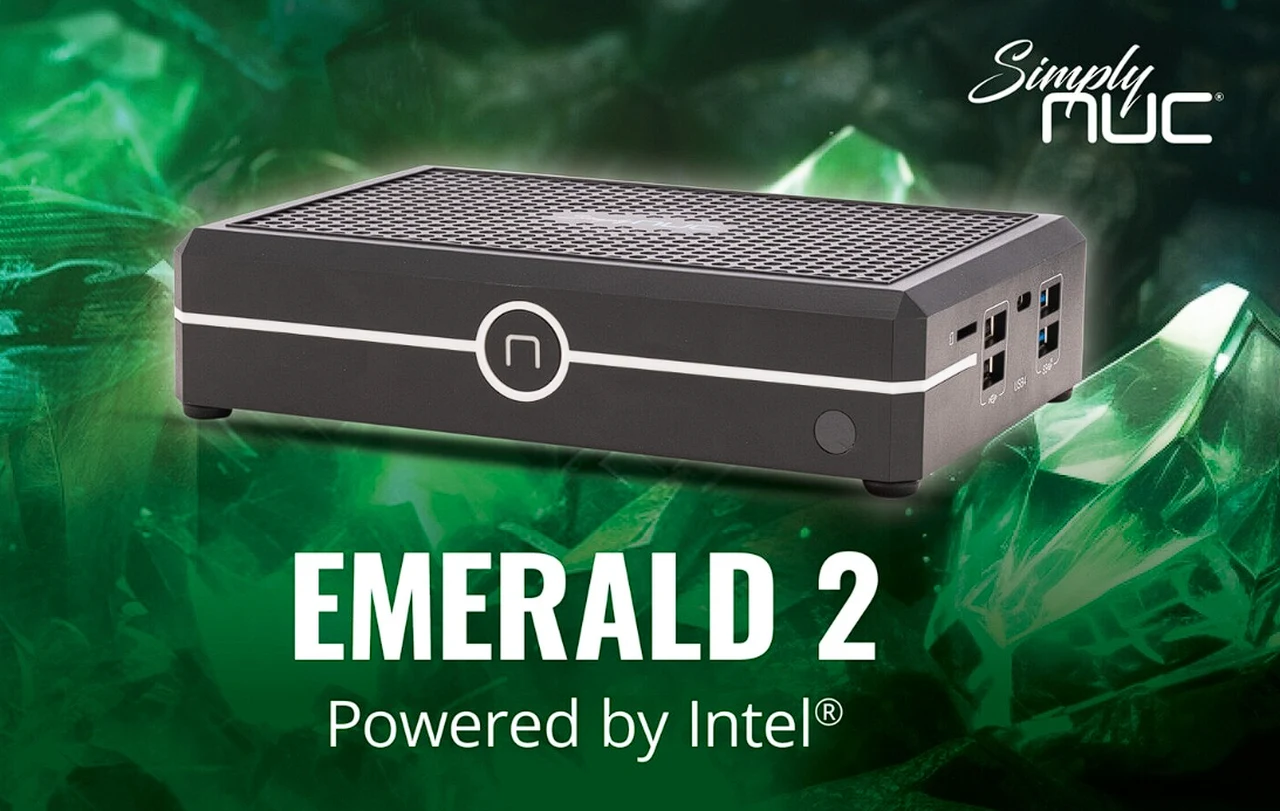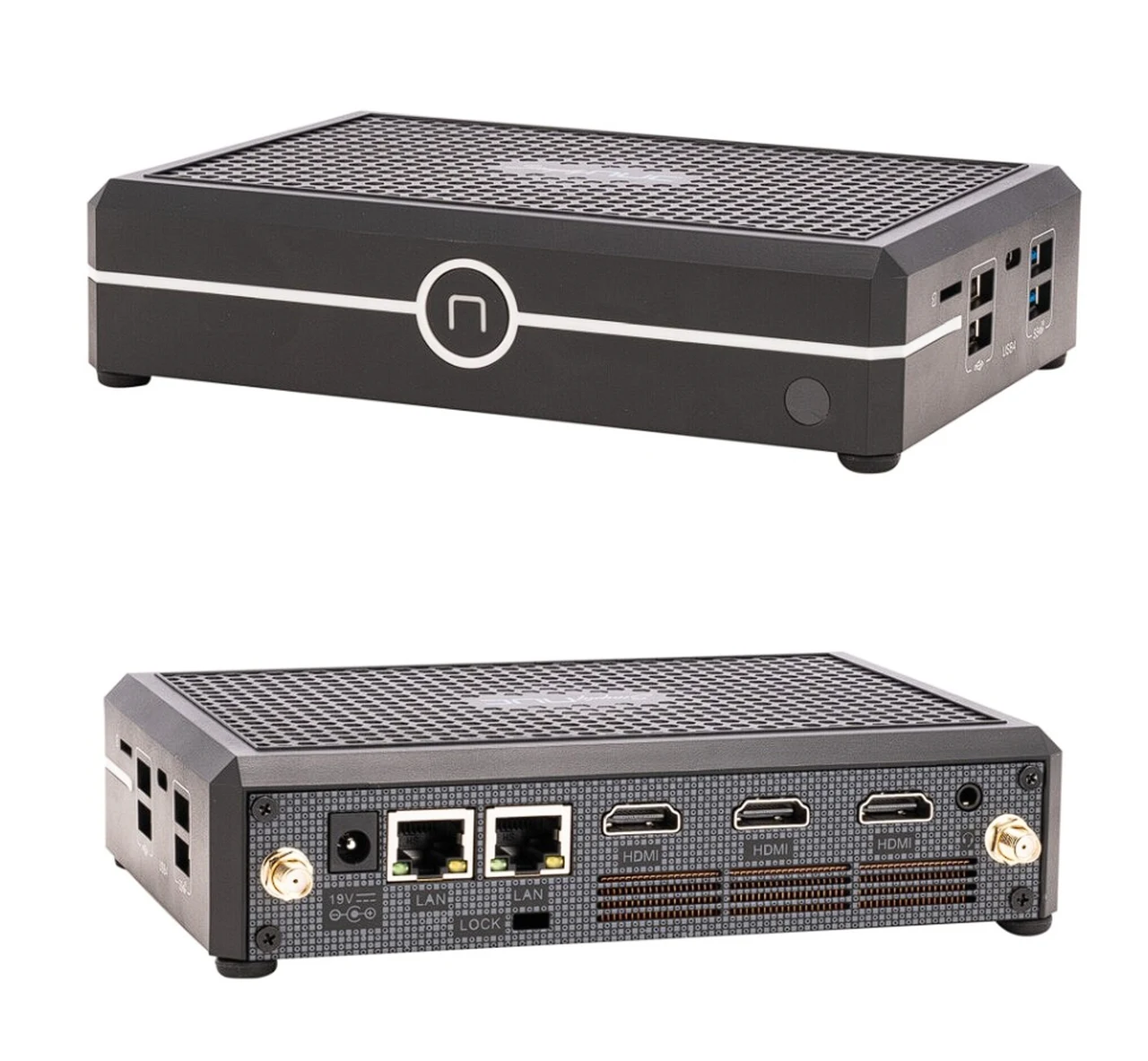[ad_1]
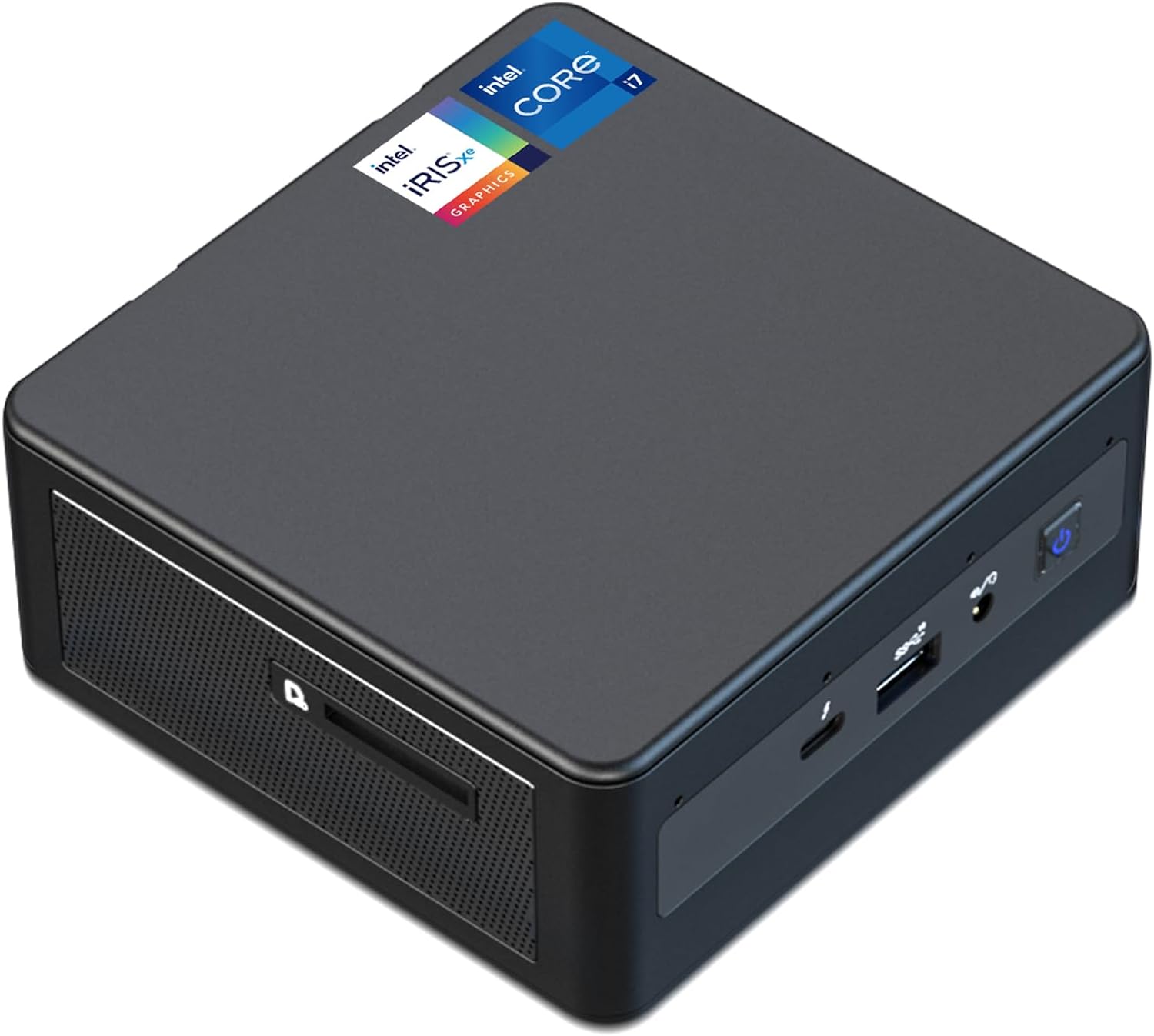
The Intel NUC 11 offers great value and performance with its 11th-generation i7 CPU, 32GB RAM, and 1TB storage, making it a good option for office work and gaming at a reasonable price point. The mini PC is simple inside, easy to work with, and supports up to 32 gigs of RAM and two terabytes of hard drive space. Intel NUC 11 Mini PC runs Chrome OS Flex, Windows 11 Pro, and Fedora Linux, with decent performance, but is not a speed demon. It is amazing for office tasks, software development, and generally as a work station. Where it loses steam is professional video editing and demanding gaming, but most gaming enthusiasts are not looking for a mini PC anyway. The integrated Iris X GPU offers a huge performance improvement over Intel’s prior integrated GPUs, which were known for barely being able to handle the fundamentals.
Powerhouse in a tiny package
While it may not match the graphical and gaming prowess demonstrated by the NUC 11 Enthusiast Kit, given its significantly smaller size and cost—less than half—its performance is quite impressive, particularly in the realms of daily productivity and handling multiple displays. This device is a prime illustration of Intel’s current strengths in the mobile and small-form-factor (SFF) PC sector.
The larger models can fit a 2.5-inch SATA hard drive SSD or more potent Hardware, providing flexibility for different storage and hardware options. The Intel NUC11 Mini PC offers a wide range of connectivity options, including Thunderbolt 4 and USB 3.2 ports. The Mini PC supports Wi-Fi 6 and Bluetooth 5, providing fast and reliable wireless connectivity options. The NUC 11 is snappy and responsive, making it a perfect and underrated option for productivity apps and web browsing.
You can get this petite powerhouse for 10% off if you use the following promo code “techradar11” for all TechRadar readers. The code is valid until April 1, so hurry and grab your Mini PC for $445.5 instead of the standard price of $495.
Follow TechRadar on TikTok for news, reviews, unboxings, and hot deals!
[ad_2]
Source Article Link






